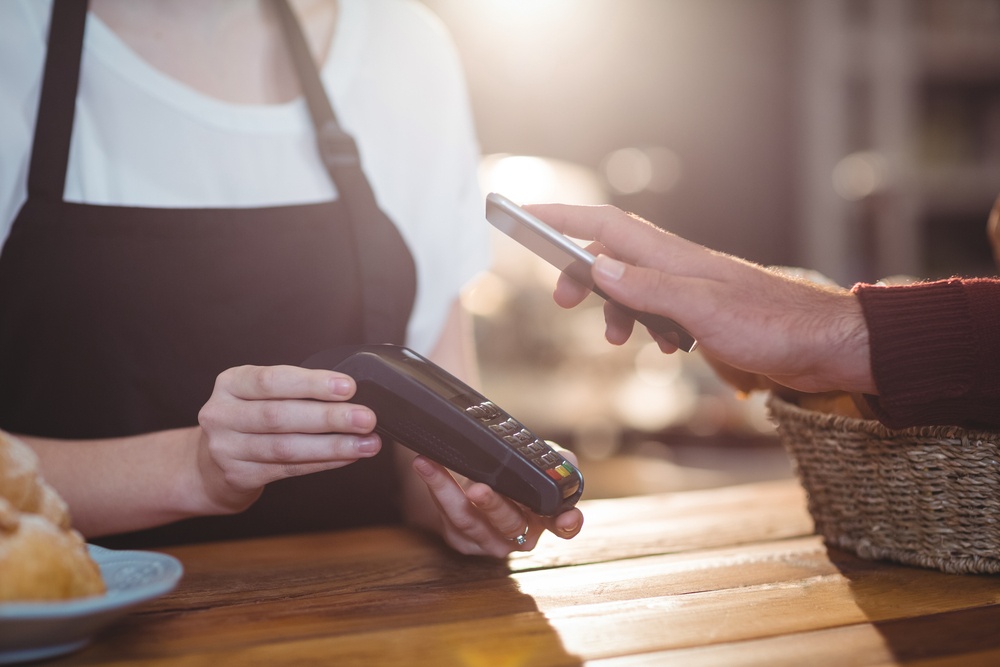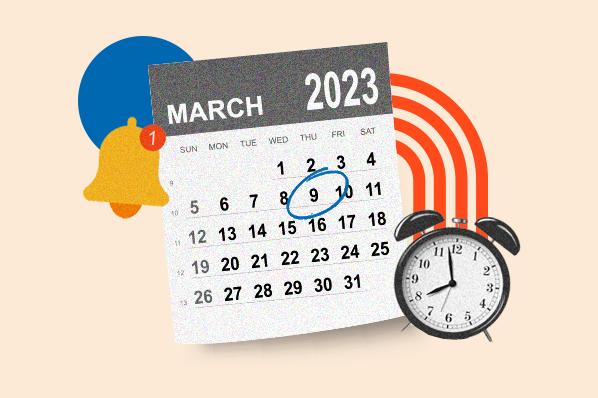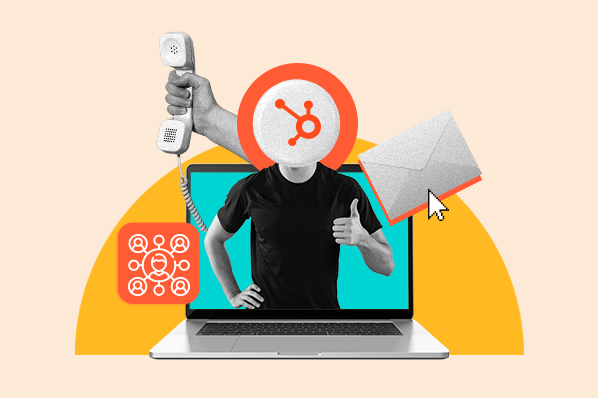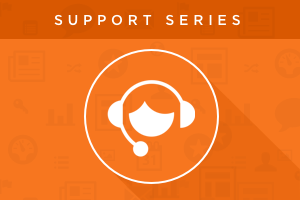As a savvy marketer, you probably know this already, but we'll say it again: If you’re not marketing on social media, you’re missing out.
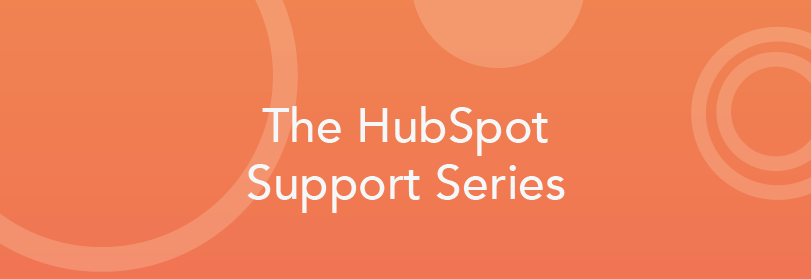
But do you know how to make sure all the images you share are optimized for any social network?
It’s no mystery that sharing content on Facebook, Twitter, LinkedIn, and other social platforms is a crucial tool in any inbound marketer’s utility belt.
With most individuals participating in the world of social media, it’s never been so easy to get your message out to the world. All you have to do is share it.
But how do you share effectively? How do you share and present captivating content in a way that entices people to like your pages, follow your blogs, and eventually become customers?
For something so simple as sharing a social image or link, it can be tricky. I’m sure you’ve encountered posts like these in the wild:
Oh, dear. Not looking too sharp, is it?
In fact, most of the image has been cropped out. Look at the original image I set as the featured image for the post:
At the risk of disrupting my adoring fans on LinkedIn by trying to share one of the most iconic scenes in movie history (in my opinion), I shared an image that was not optimally sized.
Believe it or not, this happens often.
After all, the above image looks pretty good on my desktop, so why wouldn’t it look good shared to Facebook?
Each social network has their own set of requirements, ratios, and rules for how images can be shared and whether you can swap them out for something else.
Here are the guidelines per social network.
- Twitter has a 2:1 ratio and suggests a 1024 x 512 pixel image*.
- *The 2:1 ratio is not quite accurate on Twitter’s iOS mobile app; images are cropped more significantly on the left and right borders and are displayed at a 1.75:1 ratio.
- Facebook suggests a 1200 x 630 pixel image.
- Google+ posts images at 345 x 195 pixels.
- LinkedIn posts a thumbnail-sized image at 180 x 110 pixels.
You can drive yourself crazy trying to set up your pages and images per the above recommendations. Not only are the recommendations extremely different, but it's likely these rules may change in the future.
To make the situation more complicated, Facebook and Twitter don’t allow you to dictate the preview image. This is because these platforms generate the preview automatically after crawling the page. Don’t let that scare you away from social media, though. There's hope for us all.
There are ways you can safeguard yourself against the dreaded image crop, or no image being pulled at all. In fact, there's an optimal image size, ratio, and composition that works well with all the major social networks.
The Ideal Image Size and Ratio for Social Sharing
My new year’s gift to you is the ideal image size and ratio for social sharing.
While each social network has their own sizing specifications, our tests have shown that the measurements shown above work best as a “one size fits all” approach.
Thanks to wildly different restrictions by network, this may not be perfectly suited for each network specifically, but should more than do the trick as a happy medium to stick to when sharing content on social.
1600px by 900px provides us with a 16:9 width-to-height ratio that works well for Facebook and Twitter, while the "padding" on each side of the image (to ensure the subject of the photo is not on the very edge) also works for LinkedIn.
Just see for yourself:
By using images set to the above specifications, you can make sure your shared links on social are optimized across each platform.
So share boldly and fearlessly!
With these perfectly sized preview images, there’s nothing stopping you from creating appealing and eye catching social previews whenever your content is shared.
Go ahead and try it in your social publishing tool.
As a special note, when sharing to LinkedIn on a personal page, a square 800px by 800px image is the best recommended size as LinkedIn will show square images when shared via a third party.
Additionally, file sizes under 3MB are recommended as a best practice to match a happy medium across the major social networks.

![How to Size Images for Your Blog Content [HubSpot Support Series]](https://53.fs1.hubspotusercontent-na1.net/hubfs/53/375_Size%20Images.png)
![Creating a Custom Date-Based Property Report [Support Series]](https://53.fs1.hubspotusercontent-na1.net/hubfs/53/Support/HubSpot%20Support%20Series%20Horizontal-603978-edited.png)
![Mastering Media Queries [Support Series]](https://53.fs1.hubspotusercontent-na1.net/hubfs/53/Support/Support%20Series%20User%20Blog%20folder%20copy%202.png)

